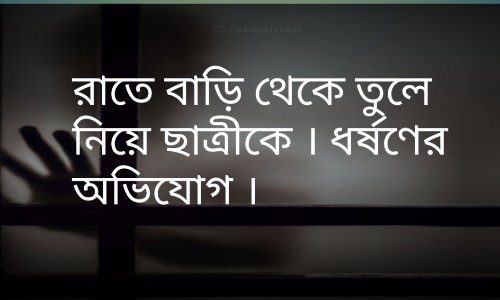BRAC University’s ‘Enigma System’ has done well in an international programming competition held in Japan!
Let’s get to know ‘Jaxa’ first
The Japan Aerospace Exploration Agency (Jaxa) organizes the Kibo RPC Programming Challenge for college and university students the event is organized for those who write programs for the International Space Station (ISS) actively operating robots (Astrobee and Intball).
Kibo is Jaxer’s research module. A robot in the Astrobee Kibo module. The teams participating in the competition were asked to create a program so that the robot could work efficiently in the shortest possible time. The team that can ensure the highest expertise in these matters will be the winner.
There are three stages in this competition. The first and second steps are done in simulations built on robotic operating systems. Each team had to write a program in Java programming language for simulation – which would work exactly like the original. But the last step is to send the program directly to the ISS to run the ‘Astrobee’ robot.
Wait, but not regret
Jaxa did not give Bangladesh a chance in this competition in the first year of their organization. But Mizanul Chowdhury, a Bangladeshi working at MIT and NASA, offered Jaxa Bangladesh participation. But by then the first session of this competition has started. Jaxa gives Bangladesh an opportunity as an inspector. It was in this context that Mizanul Chowdhury and his daughter Jaba Jemin co-founded STEMX 365, a global education and knowledge practice organization. There, Bangladeshi teams get a chance to test their programs.
How many steps beyond.
The competition is held in three stages. BRAC University Triple is the first step in the ‘Enigma System’ of the Ross Student Chapter, that is, the team that took part in the national round from Bangladesh was the first. The Enigma system had 58 points in the national round. Then on July 18 the second round or programming contest round is held. A total of 9 countries including Bangladesh, Australia, Singapore, Taiwan, Thailand, New Zealand, Malaysia, Japan, and Indonesia participated in this round. In the second round, the teams were tested on their programs because of the extremely risky and dangerous conditions of the space. In this round, Thailand’s Indentation Error came first with 88.22, Taiwan’s Gemini PYTW came second with 71.77 and Bangladesh’s Enigma System came third with 59.28. The last final round was held on 24 October 2021. In this round, Enigma System (Bangladesh) came second with 19.16 points and Indentation Error (Thailand) came first with 28.86 points. This is a landmark achievement for STEMX and Bangladesh.
What was their project?
About the project, they said, ‘The program we created was done following a set of JAXA guidelines. We had to use the Android Development Environment and Java programming languages because the Astrobee robot runs on Android and Linux. Using some preliminary information provided by JAXA for the competition, we programmed Astrobee to read a QR code, to find out information about the next point. Then, avoiding 4 different random barrier patterns, Astrobee was instructed to automatically find 4 AR tags. The closer you get to the laser on the target, the more points you will get, then avoid more obstacles, reach point B and send a message to complete the mission. Final scoring is given according to the accuracy of the laser and the time to complete the task.
Experience in competition
The team enigma system was led by Md. Hasibul Islam, suggested by Rajin bin Isa and members of IEEE RAS BRACU SBC. All members of the team are students of STEMX365. Asked about their experience in the competition, he said, “Our experience was instructive. We had to make extensive use of the quaternion coordinate system and trigonometry. In space, everything floating and precisely moving an object requires quaternary coordinate systems and trigonometry. So we had to calculate each step accurately, avoiding obstacles and targeting the laser to get Astrobee to a precise position. Furthermore, it took more than 3 minutes to read the QR codes because using just one library didn’t help, so we had to use a good image processing algorithm to reduce that time. Work is then done for the AR-tag and the target is targeted using a laser. So, we had to spend a lot of time in this competition and we got the benefits through good results.






